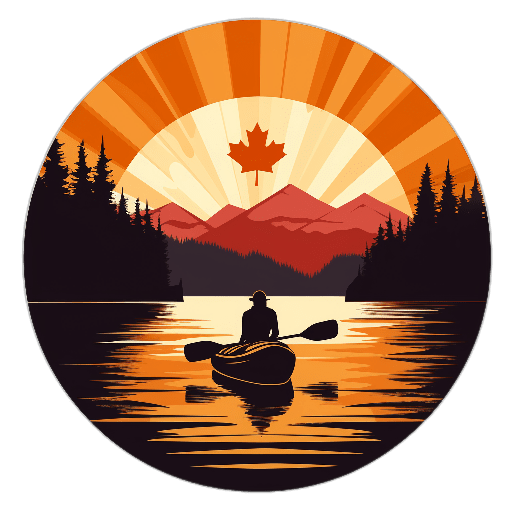How to Capture the Best Photos on a Wildlife Tour

Embarking on a wildlife tour offers an unparalleled opportunity to witness the beauty of nature up close and capture stunning photos of the wildlife you encounter. Whether you are a seasoned photographer or a beginner, there are certain tips and techniques that can help you make the most of your wildlife photography experience. To ensure that you come back with a collection of impressive photos that truly capture the essence of the wildlife you encounter, consider the following strategies.
Choosing the Right Equipment
Investing in the right equipment is crucial for capturing high-quality wildlife photos. When heading out on a wildlife tour, it’s important to have a camera with a good zoom lens that allows you to capture detailed shots from a distance without disturbing the animals. A telephoto lens with a focal length of at least 300mm is recommended for wildlife photography to ensure that you can zoom in on your subjects without getting too close.
Additionally, consider bringing a tripod or monopod to stabilize your camera and reduce the risk of blurry photos, especially in low-light conditions. A camera bag that is comfortable to carry and provides easy access to your equipment can also be beneficial for keeping your gear safe and organized during your wildlife tour.
Understanding Animal Behavior
To capture the best photos on a wildlife tour, it is essential to have a good understanding of animal behavior. Observing the animals and anticipating their movements can help you position yourself for the perfect shot. Take the time to study the behavior of the wildlife you encounter, such as their feeding patterns, social interactions, and typical habitats, to increase your chances of capturing unique and compelling photos.
Patience is key when photographing wildlife, as animals can be unpredictable and may not always cooperate with your desired shot. Take the time to observe and wait for the right moment to capture a photo that truly conveys the natural beauty and behavior of the animals.
Composition and Lighting
Composition plays a crucial role in creating compelling wildlife photos. When framing your shots, consider the rule of thirds to create visually appealing images that draw the viewer’s eye to the subject. Experiment with different angles and perspectives to capture unique and interesting shots that showcase the beauty of the wildlife and their natural surroundings.
Lighting is another important factor to consider when capturing wildlife photos. Early morning and late afternoon are ideal times for photography, as the soft, golden light creates a warm and inviting atmosphere. Avoid harsh midday sun, which can create harsh shadows and overexposed images. Pay attention to the direction and quality of light to capture well-lit and vibrant photos that highlight the beauty of the wildlife.
Post-Processing and Editing
After capturing your wildlife photos, post-processing and editing can help enhance the quality of your images and bring out the natural beauty of the wildlife. Use editing software to adjust the exposure, contrast, and colors of your photos to create a more polished and professional look. Avoid over-editing your photos, as this can detract from the authenticity of the wildlife and the natural environment.
Sharing Your Photos
Once you have captured and edited your wildlife photos, consider sharing them with others to showcase the beauty of the wildlife and raise awareness about conservation efforts. Share your photos on social media, photography websites, or in photography contests to inspire others and promote the importance of protecting wildlife and their habitats.
In conclusion, capturing the best photos on a wildlife tour requires patience, skill, and a keen eye for detail. By investing in the right equipment, understanding animal behavior, paying attention to composition and lighting, and utilizing post-processing techniques, you can create stunning photos that truly capture the essence of the wildlife you encounter. Remember to respect the animals and their natural habitat while photographing them, and always prioritize their well-being above getting the perfect shot. With practice and dedication, you can hone your wildlife photography skills and create a collection of breathtaking photos that showcase the beauty of nature in all its glory.
